
Invisalign – Hingham, MA
Straighter Teeth for
a Healthier Smile

A straight smile is a beautiful smile – and a healthy one as well. It’s generally much easier to clean teeth that are properly aligned, and a well-adjusted bite will ensure that you’re not putting too much pressure on your enamel whenever you bite and chew. If you never received orthodontic care as a child, it’s not too late! Schedule a consultation with Dr. Hegazi to discover how even older patients can correct their crooked teeth with Invisalign in Hingham, MA.
Why Choose Admired Smiles Dental Center for Invisalign?
- Clear Alternative to Metal Braces
- A Trustworthy Dental Team
- We Only Recommend What You Really Need
How Invisalign Works
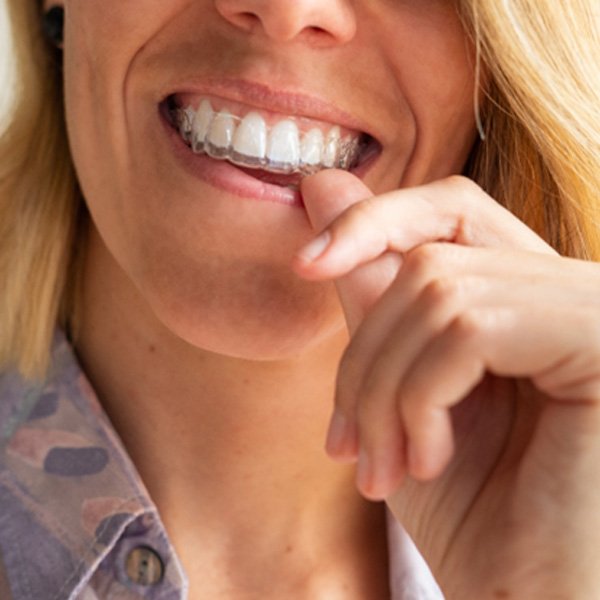
To move your teeth from where they are now to their properly aligned positions, our Hingham dentist will need to take precise impressions of your teeth and have a series of custom clear aligners made. You’ll wear each one for 20+ hours a day, allowing the trays to apply just enough pressure to move your teeth incrementally closer to where they should be. Every 7-14 days, you’ll move onto the next tray in the series, and the process will repeat until you’re done. At this point, we will provide you with a custom retainer to preserve your results!
Who Can Invisalign Help?
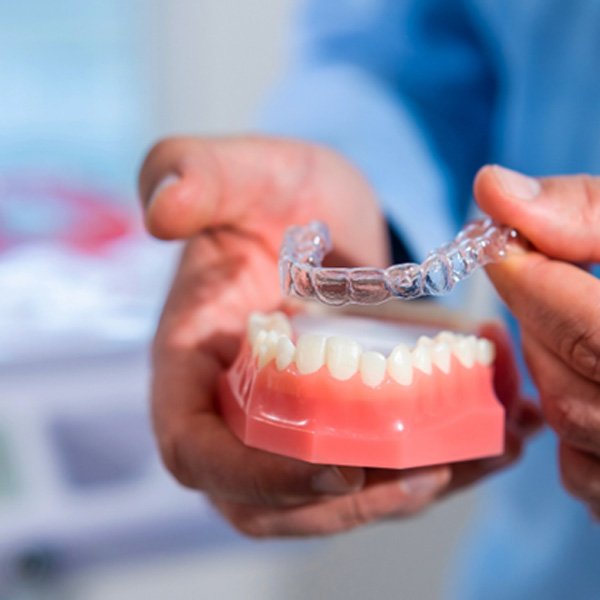
If you didn’t naturally develop the perfectly straight smile you were hoping for, you aren’t alone. The good news is that you no longer need to endure a year or two of metal brackets and wires to achieve the smile you’re hoping for. Invisalign is able to correct a wide range of alignment issues. Here are some of the most common ones.
Crowded Teeth

Crowded teeth don’t just negatively impact the look of your smile, they negatively impact the health and function of it as well. These are just some of the negative consequences that accompany crowded teeth:
- Tooth decay
- Gum disease
- Jaw discomfort
- Difficulty chewing
That’s why we recommend using Invisalign to discreetly improve the alignment of your teeth. By opting for Invisalign, your teeth will be gently shifted to be the right distance apart. This makes brushing and flossing much easier, allowing you to better maintain your smile.
Gaps Between Teeth
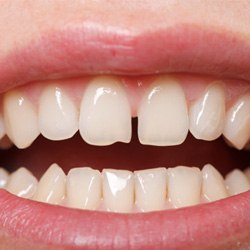
Spaced-out teeth also pose a risk to your oral health. When there is too much space between the teeth, bacteria can easily become trapped, increasing your risk of tooth decay and gum disease. So, whether you have one large gap between your two front teeth or noticeable spaces between several teeth, don’t hesitate to schedule a consultation with us to see if Invisalign is right for you!
Overbite
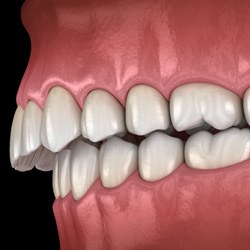
An overbite is when the top teeth come out too far from the lower arch of the teeth. Overbites can result in jaw pain, speech issues, uneven dental wear, and difficulty closing and opening the mouth. This issue can also leave the top teeth more exposed, putting them at higher risk of becoming injured and damaged. Invisalign is able to correct many overbites.
Underbite
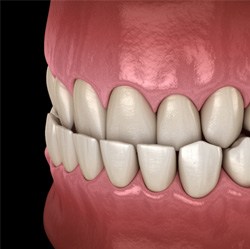
An underbite describes the alignment issue where the bottom teeth go slightly passed or match with the top row of teeth when you close your mouth. This can be caused by a variety of different factors, including genetics, jaw injury, and non-nutritive habits – like thumb sucking and pacifier use after a certain age. Underbites can lead to many different problems if they aren’t addressed. This includes increased risk of sleep apnea, mouth breathing, and difficulty speaking and chewing. Typically, patients who have underbites require the use of rubber bands or other attachments that they can use in combination with their Invisalign trays. This helps to gradually adjust the bite and move the lower arch back into its proper position.
Crossbite

When the bottom teeth are slightly in front of the upper arch, this is called a crossbite. This is typically due to genetics, poor oral habits, or premature loss of baby teeth. When left unaddressed, crossbites can lead to long-term issues, like increased risk of gum disease and tooth decay, jaw pain, speech difficulties, headaches, teeth grinding, and facial asymmetry. Invisalign can address this issue in the majority of cases. However, if the crossbite is due to issues involving jaw development, it may be necessary to accompany the aligners with elastics or other accessories.
Open Bite
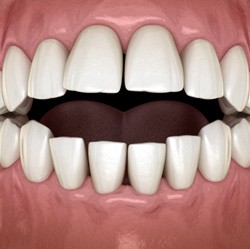
An open bite is when the top and bottom front teeth aren’t able to overlap or touch when you close your mouth all the way. This is usually caused by poor bone development or nonnutritive habits, like prolonged thumb-sucking and pacifier use. Open bites can also lead to difficulty pronouncing certain words and sounds, as well as excessive enamel wear of the back teeth. Invisalign can help to bring the front top and bottom teeth together, correcting the bite pattern and reducing dental damage.
The Benefits of Invisalign
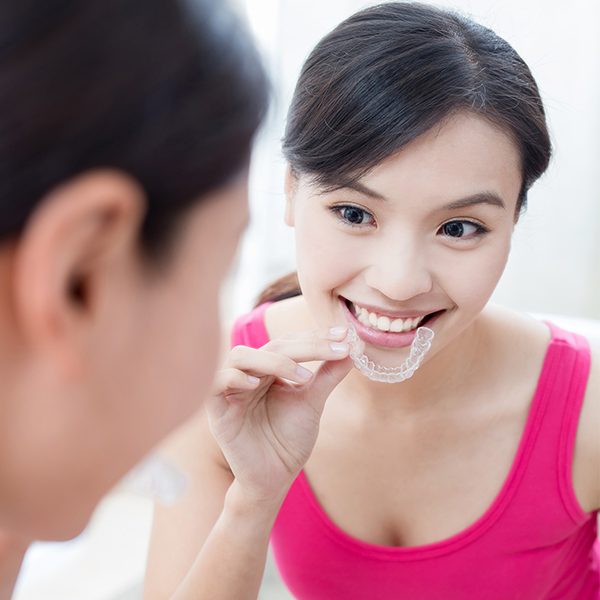
Invisalign is one of the most popular orthodontic alternatives to braces, especially among adults who don’t want to worry about brackets and wires getting in the way of their professional appearance for months on end. The Invisalign aligners that gradually shift your teeth into a new position are virtually invisible, to the point where most people won’t even realize you're wearing them. And since it’s removable, it’s also a more convenient option for those who don’t want to change their diet during orthodontic treatment!
How Much Does Invisalign Cost?
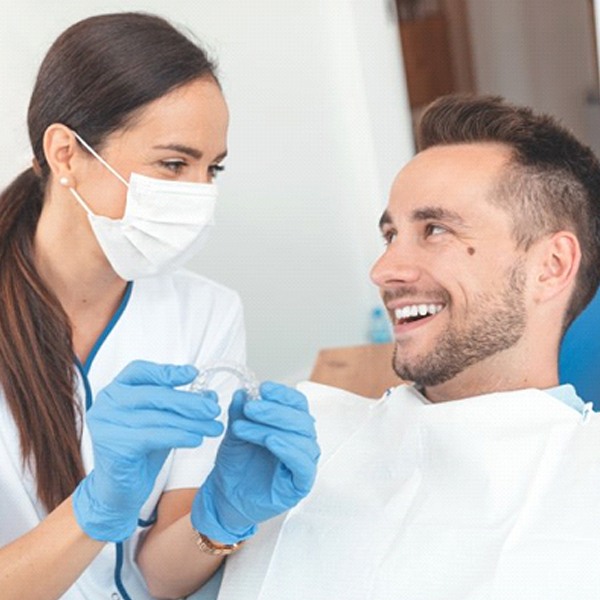
Are you ready to finally straighten your smile in a way that is more subtle and comfortable than metal braces? If so, then Invisalign might be right up your alley. While this treatment’s benefits are nothing short of amazing, the cost of Invisalign in Hingham still plays a major role in your decision to begin wearing these clear aligners. To learn more about how much you can expect to pay for Invisalign, feel free to reach out to us and schedule your FREE Invisalign consultation!
Factors That Affect the Cost of Invisalign
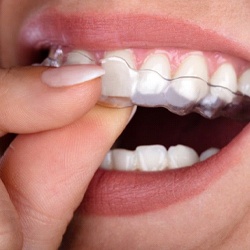
No two patients have the exact same needs, so you can expect the price of Invisalign to vary from one person to the next. Various factors impact the cost of your treatment, including:
- How many arches? – Most Invisalign patients straighten their top and bottom teeth simultaneously, but your costs will almost definitely be lower if you only have to straighten one arch.
- Complexity – The more severe your orthodontic issues, the higher your cost will likely be.
- Treatment length – Longer treatment times require the creation of more aligners, increasing the overall cost.
Comparing the Cost of Invisalign vs. Smile Direct Club™

If you’re looking for a “quick fix” for your crooked teeth, you may have looked into DIY clear aligner kits like Smile Direct Club. These solutions often come at a fraction of the cost of Invisalign. So, what’s the catch?
With Smile Direct Club, you have almost no guidance from a dental professional. Instead, you’re responsible for taking impressions of your own teeth and wearing the trays as directed. There is always the risk of something going wrong, resulting in problems that might later need to be corrected by a dentist anyway.
One major advantage of Invisalign is that every step of your treatment will be under the supervision of Dr. Hegazi. Because he is an experienced Invisalign dentist in Hingham, you’ll have peace of mind knowing your aligners will be made from accurate impressions and that your treatment process will be smoother and more successful overall.
Does Dental Insurance Cover Invisalign?
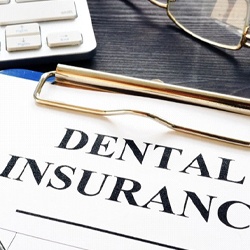
Every dental insurance plan differs slightly, but many of them do NOT cover orthodontic treatment. Some do, but only for traditional braces. That said, it never hurts to check with your insurance provider to find out how much coverage you qualify for. Our team can even help you with this process by taking a look at your plan. We’re in-network with many PPO plans, including Delta Dental and BlueCross BlueShield, but we accept virtually any plan.
Options for Making Invisalign Affordable

If your dental insurance policy does not cover Invisalign, or you don’t have insurance, we have other ways of helping you afford Invisalign in Hingham. For example, we have partnered with CareCredit to help our patients split up the cost of their treatments into manageable monthly installments. CareCredit offers multiple plans to choose from, most of which have extremely low (or even zero) interest rates!
Invisalign Frequently Asked Qeustions
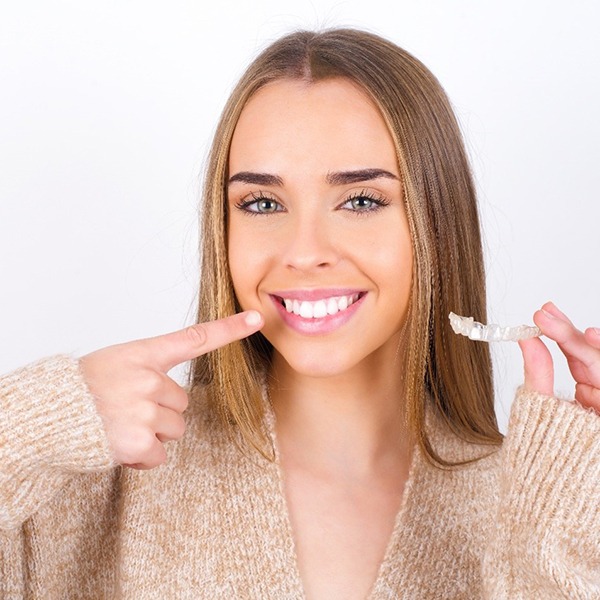
Invisalign has been around for well over 20 years, but there are many people who are only just learning about it for the first time! As a result, our team gets a lot of questions about clear aligner treatment and what to expect. Below, we’ve listed some of the most common questions we’ve heard over the years, so feel free to review our detailed answers ahead of your first consultation with us. If you have other questions, please let us know!
How Long Does Invisalign Take?
The severity of your misalignment, your commitment to wearing your aligners, and many other factors can impact how long it will take to complete your Invisalign treatment. In most cases, patients need to wear their aligners over the next 12 to 18 months. However, there are very mild cases where treatment can be completed in as little as six months. While wearing the aligners for 18 months seems extensive, keep in mind that it’s still a fraction of what is necessary with traditional braces. In fact, 18 months is still four months shorter than the average treatment time for metal braces. As long as you stay committed to following our instructions and checkups to our dental office, you can complete your Invisalign treatment as efficiently as possible.
Can You Eat with Invisalign?
Invisalign’s clear aligners are 100% removable, which means you can (and should) take them out when enjoying your favorite meals. You should never eat while still wearing your aligners as it can cause them to crack and become damaged. It also puts unnecessary pressure on your tooth enamel. Plain water is the only thing you should consume when wearing your aligners as this will not harm them. In all other cases, you’ll want to remove them. Keep in mind that Invisalign gives you far more freedom to eat the foods you like, which is not something that can be said for fixed options like traditional braces.
How Do I Clean My Invisalign?
Invisalign provides a system specifically intended for keeping their aligners clean. For example, their system utilizes cleaning crystals that shake loose food debris and plaque from the appliances. There are also third-party cleaning options out there you can use. Even denture cleansers can be effective in a pinch. With that said, it’s best to use a soft-bristled toothbrush to gently clean your aligners by hand. This ensures no food debris gets stuck on them and cause them to stain or interfere with your realignment. We do not recommend using hot water as this can easily warp them, causing them to fit properly no longer.
What Happens After Invisalign?
Once your treatment is complete and you’ve finished wearing the last pair of your aligners, you’ll need to visit our dental office one last time so we can evaluate your results and provide your retainer. Once we’ve confirmed your teeth are in their straighter positions, we’ll go over maintenance tips to keep them that way. This includes wearing a dedicated retainer, which looks similar to the aligners you were wearing previously. Retainers are more comfortable compared to aligners because they aren’t shifting your teeth like aligners do. Instead, they keep your teeth in their current positions. It is vital that you wear them frequently over the first several months as your teeth are more likely to shift back immediately after wearing your final aligner pair.
I Need a Dental Checkup & Cleaning I Need a Dentist for My Child I am Worried About Bleeding Gums I Have a Cavity or Broken Tooth I am Missing One or More Teeth I am Unhappy with My Smile I am Scared of the Dentist I am in Pain & Need Help I Need My Wisdom Teeth Removed View Our Services